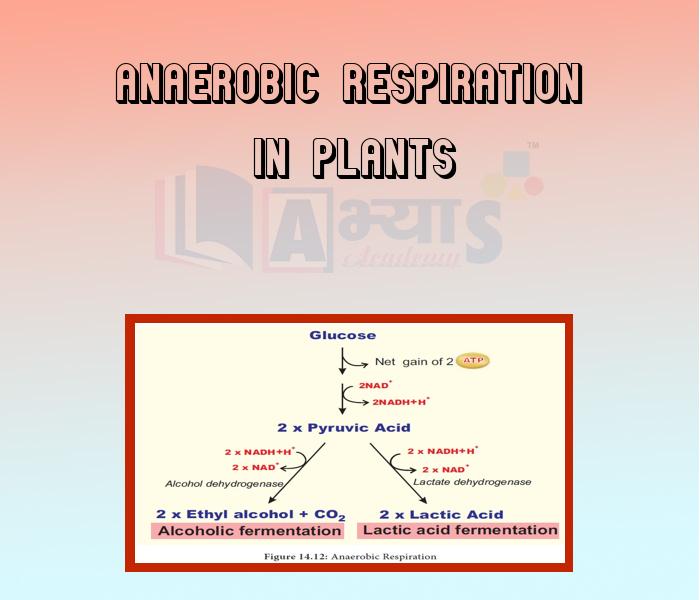Anaerobic Respiration in Plants


Anaerobic Respiration in Plants
This is the type of respiration in which organic food is oxidised incompletely. It occurs in cytoplasm and releases small amount of energy. It is believed that the first cells on this planet lived in an reducing environment when was not present in the atmosphere, i.e., they were anaerobes. Even among present day living organisms, several are adapted to anaerobic conditions.
Some of them are facultative anaerobes (organisms that have capability of switching from aerobic to anaerobic conditions according to the availability of oxygen) while others are obligate anaerobes (organisms that are killed by normal atmospheric concentration of oxygen of 21%).
Thus, in any case, all living organisms retain the enzymatic machinery for partial oxidation of glucose in the absence of oxygen. And this breakdown of glucose to pyruvic acid is called glycolysis. It occurs in cytoplasm of the living cell.
Anaerobic Respiration in Plants :
Sometimes certain parts of the plants may temporarily respire even in the absence of oxygen. In this type of respiration, the glucose molecule is incompletely broken down in to ethanol(ethyl alcohol) and carbon dioxide with the release of small quantity of energy. This chemical reaction can be represented in the folllowing manner :-
Anaerobic respiration in any part cannot continue in a plant for more than a few days and the part ultimately dies. But there are certain microscopic organisms such as certain bacteria and fungi which normally respire only anaerobically.
Students / Parents Reviews [10]
Being a parent, I saw my daughter improvement in her studies by seeing a good result in all day to day compititive exam TMO, NSO, IEO etc and as well as studies. I have got a fruitful result from my daughter.

Prisha Gupta
8thI have spent a wonderful time in Abhyas academy. It has made my reasoning more apt, English more stronger and Maths an interesting subject for me. It has given me a habbit of self studying

Yatharthi Sharma
10thIt was a good experience with Abhyas Academy. I even faced problems in starting but slowly and steadily overcomed. Especially reasoning classes helped me a lot.

Cheshta
10thIt has a great methodology. Students here can get analysis to their test quickly.We can learn easily through PPTs and the testing methods are good. We know that where we have to practice

Barkha Arora
10thAbhyas is a complete education Institute. Here extreme care is taken by teacher with the help of regular exam. Extra classes also conducted by the institute, if the student is weak.

Om Umang
10thA marvelous experience with Abhyas. I am glad to share that my ward has achieved more than enough at the Ambala ABHYAS centre. Years have passed on and more and more he has gained. May the centre flourish and develop day by day by the grace of God.

Archit Segal
7thIt was good as the experience because as we had come here we had been improved in a such envirnment created here.Extra is taught which is beneficial for future.

Eshan Arora
8thMy experience with Abhyas academy is very good. I did not think that my every subject coming here will be so strong. The main thing is that the online tests had made me learn here more things.

Hiya Gupta
8thMy experience was very good with Abhyas academy. I am studying here from 6th class and I am satisfied by its results in my life. I improved a lot here ahead of school syllabus.

Ayan Ghosh
8thOne of the best institutes to develope a child interest in studies.Provides SST and English knowledge also unlike other institutes. Teachers are co operative and friendly online tests andPPT develope practical knowledge also.
